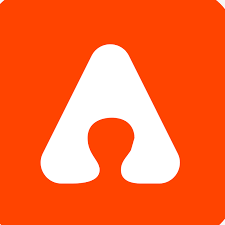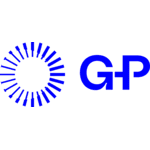Royal Dutch Shell, also commonly known as Shell, is an Anglo-Dutch multinational oil and gas company headquartered in The Hague in the Netherlands. In 2019, the organization decided to analyze their database of ideas that were generated by its 14,000 employees over the course of several years.
The employees were then asked to play a few video games (yes, you read that right). However, these weren't your typical video games; data scientists, neuroscientists, and psychologists designed them as a way of testing human potential.
After gathering the data from the video games and benchmarking it with the real-world results of the ideas generated by the employees, the company was able to identify the people who tend to have the best ideas.
Shell accomplished this incredible feat by using human resources analytics software to identify specific characteristics of individuals whose ideas were likely to succeed. Some of the traits analyzed included conscientiousness, social intelligence, and implicit learning.
Embracing HR Tech, metrics, and people analytics tools led Shell not only to meet its organizational goals and identify best performers, but also maintain a steady employee satisfaction rate of 93%. Pretty great, right?
Today, implementing HR Analytics can uncover skills gaps, improve talent acquisition, increase staff retention, boost productivity and enhance employee experience like never before. However, one question remains:
Are organizations using the full potential of human capital analytics?
A decade ago, organizations perceived people analytics as gathering basic statistical information such as regional headcounts or the year's average performance rating or demographics pero job type. However, today, HR analytics have become a top priority for businesses that want to manage talent better and make evidence-based business decisions.
And yet, many companies still face critical obstacles in the early stages of building their human capital analytics capabilities. A significant number of leaders acknowledge that what they call analytics and even ‘big data’ is nothing but basic reporting that leaves little to no lasting impact. While some companies are unable to embed data analytics in their day-to-day HR processes, others fail to use the data to propel better decision making.
Questions to help you get started
So, how can HR professionals really leverage analytics in-house? Here are five questions to help you get started.
1. Which data makes the biggest difference?
Most Human resources departments have a lot of data — that's never the issue. The problem lies in recognizing which datasets analytics best supports. The simplest way to go about this is to find out where you currently stand, to identify the data gaps that may need plugging.
After that, it's less about the data and more about what you’re going to ask of it. Start small, use the existing data sources, and answer the questions that will create the most value for all stakeholders.
2. Can you explain your vision in under 90 seconds?
Let's forget about coefficient correlations, statistics, dashboards, and complex mathematical equations for a minute. When pitching to the board or the CEO, can you convey in layman terms how you think your company can leverage data and analytics in a meaningful way? Can your ideas be translated into real sentences to help transform the business and increase employee engagement? Would this shift in methodology help to make better business decisions?
3. What is your appetite for failure?
While the term failure isn't necessarily what business leaders want to hear about an analytics project, it's important to keep in mind that a hypothesis might not always work out as planned. While the results will invariably throw up something, it may not be what you were hoping for. In other words, it can be an unexpected surprise rather than an anticipated result. Is that something that your organization is okay with?
4. Are you bias aware?
One of the greatest concerns about workforce analytics is patterns based on bias and error. Simply put, bad data creates bad insights. So if the HR data you receive is already biased, then the outcomes will be biased too.
For instance, when working with historical recruitment data, if there's already a predisposition towards hiring men, the algorithm will continue to suggest hiring men over women. In such cases, are you able to ask searching and even uncomfortable business questions of the data itself?
5. Is it analytics for the sake of it?
Despite the many benefits that talent analytics bring, it's still important to ask if you're pursuing it out of interest to create real change or if you're simply following the crowd. Is it just interesting, or is it actually actionable? If it's the former, then your business will fail to receive any substantial ROI and relevant business outcomes on your analytical investments.
While the past decade has brought about real change, even the best teams have barely scratched the surface of what’s possible with people analytics and statistical analysis. When it comes to true human capital management, these types of initiatives are ultra necessary. Thankfully, thanks to technology, they are now perhaps easier than ever.



























